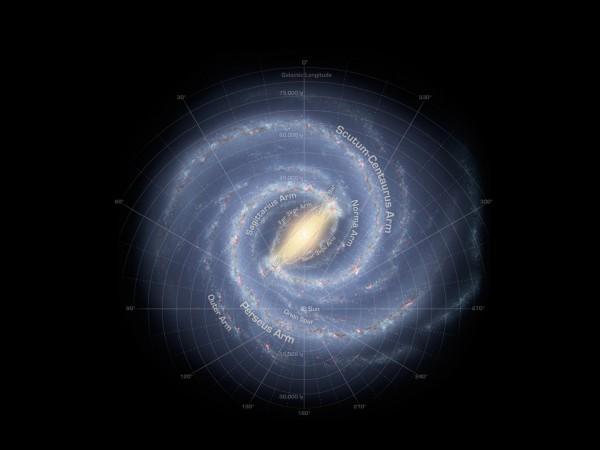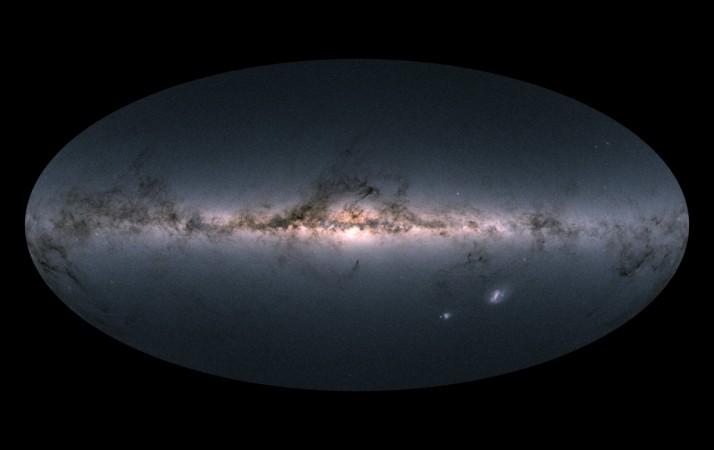
There has to be life, intelligent life out there in the cosmos, its existence is near a certainty, but humans are yet to find or even detect anything resembling alien technology and new study has attempted to study why.
The universe is a large place. There are hundreds of billions of galaxies and in clusters and each of them have billions upon billions of stars, each of them with a handful of planets. That is several hundred billion chances of life and so far humans know of one. Even if those trillions of planets do not have any life—their moons and such celestial bodies are bound to harbour some form of life.
This is where the now famous, "Fermi Paradox" that physicist Enrico Fermi posed in 1950 still stands, "where is everybody?" he asked.
According to a research put out by the MIT technology review, humans have no real reason to be cynical about not finding life as humans have barely scanned the skies. In the paper, researchers have mentioned that the search for extraterrestrial intelligence (SETI) so far can be likened to sifting through a bathtub's worth of water out of all the oceans on Earth.
"We haven't really looked much," said Shubham Kanodia, co-author of the study, in a NASA "technosignatures" workshop late last month. The results of the study suggests that right now there might be intelligent life within the Milky Way galaxy itself. The trouble is that humans have no way of knowing if there are, indeed, aliens waving "hi" at Earth.
"Suppose I tell you there's a cool thing happening in Houston right now," Kanodia said during his NASA talk. "I do not tell you where it is. I do not tell you when it is happening. I do not tell you what it is. Is it in a book store? Is it a music concert? I give you absolutely no priors." Finding this place would be really difficult, he explained.
For this study, Kanodia and his team came up with a mathematical model to measure out this cosmic ocean within which humans have to look for life. This sphere of space, notes the report, is about 33,000 light years in diameter.

The team also put together "eight dimensions" in the SETI and they include factors like signal transmission frequency, bandwidth, power, location, repetition, polarization, and modulation— defining reasonable limits for each, notes the report.
In all that comes to an 8D ocean with a "volume of 6.4 × 10 116 m 5 Hz 2 s/W," explain the authors. That is 6.4 followed by 115 zeros.
How much have humans studied so far?
So far, the team has put together an amount the comes up to 0.00000000000000058% of the cosmic ocean's volume in the search for life outside Earth. "This is about a bathtub of water in all of Earth's oceans," Kanodia said. "Or about a five-centimeter-by-five-centimeter patch of land on all of Earth's surface area."
















